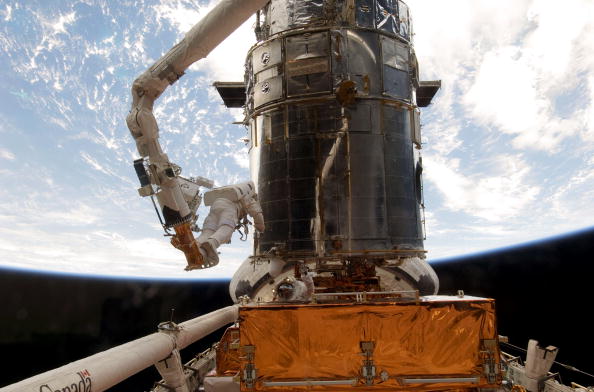
Human beings have long been interested in everything that lies beyond the planet. Even in the ancient times, people have been making and recording astronomical observations. In fact the oldest record detailing information about celestial bodies date back to the Babylonians in 1600 BC. Since then the pursuit for astronomical information has made significant progress. In 1969, the first human being set foot on the moon and more recently LIGO finally directly detected the existence of Einstein's Elusive gravitational waves.
Despite the impressive strides on astronomy, there is still much left for human beings to discover about the vastness of space. Fortunately, scientists have been working towards accumulating new discoveries about the universe. Just recently, a team from the Hubble institute observed what could be the farthest galaxy ever seen.
The group led by Pascal Oesch discovered a galaxy called GN-z11 and they believe that it is the closest human beings have ever come to viewing the Big Bang. GN-z11 was born only 400 million years after the cataclysmic event and the team was able to locate it through the Hubble telescope.
"We've taken a major step back in time, beyond what we'd ever expected to be able to do with Hubble. We managed to look back in time to measure the distance to a galaxy when the universe was only 3% its current age" gushed Oesch.
The recently discovered galaxy, which beat out the previous record y 150 million years, is 25 times smaller than the Milky Way. While it only has 1% of the mass in humanity's home galaxy, it has been churning out bright new stars at a hasty rate.
Needless to say, the discovery is groundbreaking. However, scientists involved in mapping out GN-z11 were quick to explain that more research is required to find out more about the early universe. In fact, how GN-z11 was born is still cloaked with mystery.
